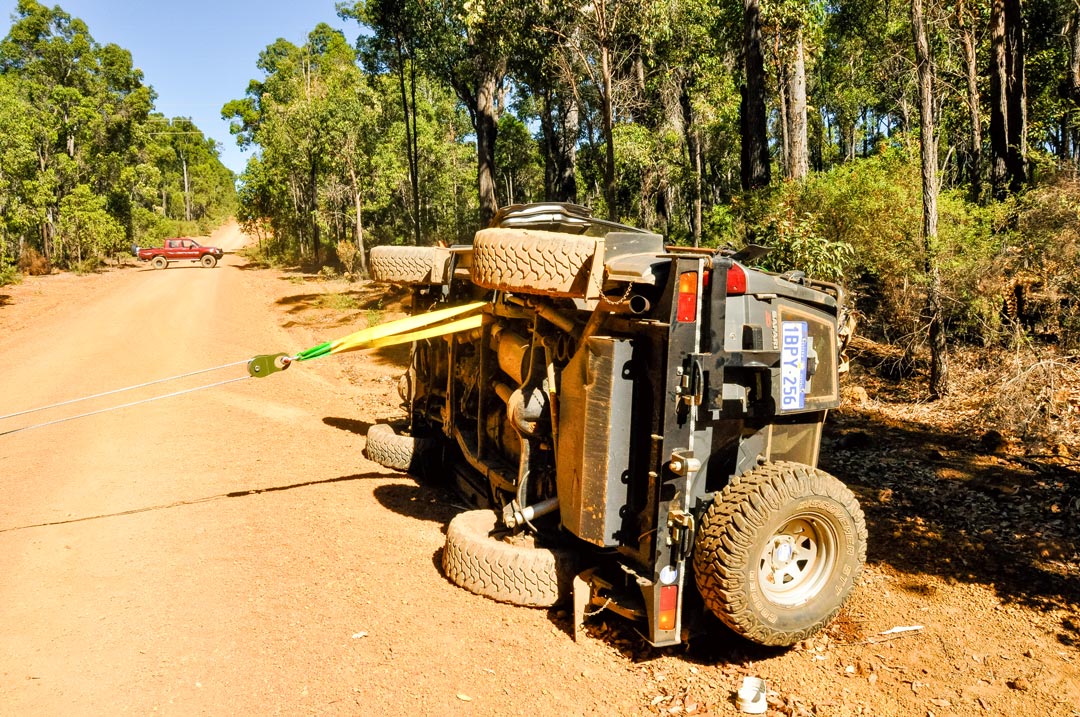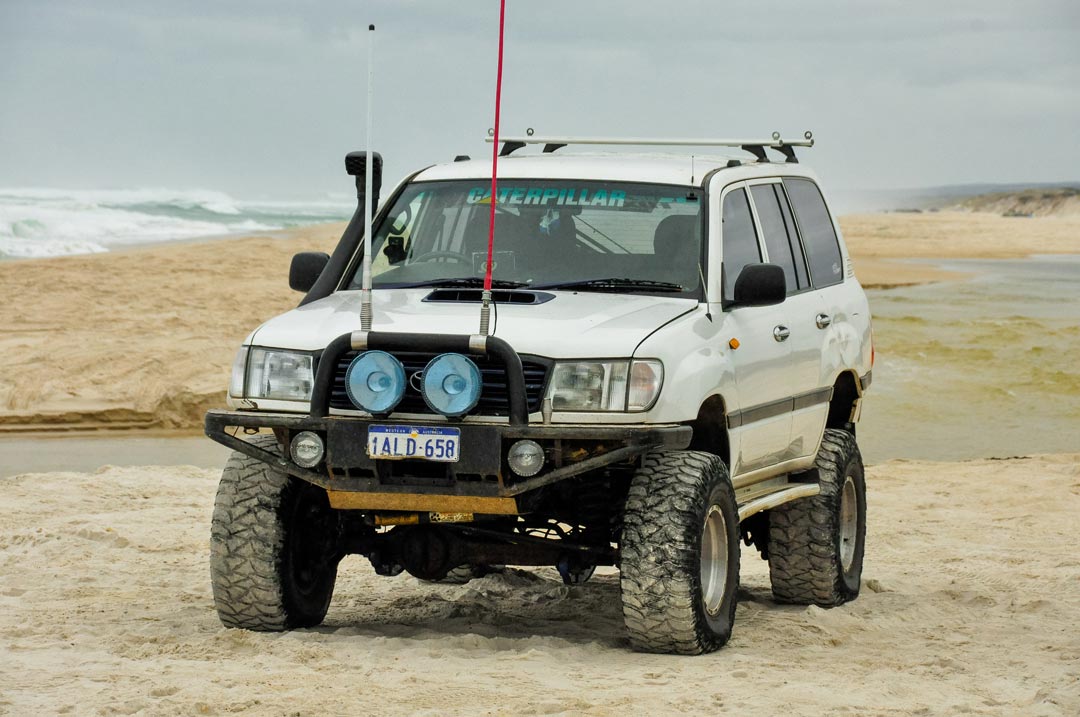Keeping Your 4WD Legal
Owning a 4WD allows you to see some of the most spectacular parts of Australia. You can modify it to suit your requirements and make travelling even more enjoyable, but it’s worth taking the time to make sure your 4WD is legal.
Words and images provided by Aaron Schubert from 4WDing Australia, who regularly blog about their 4WD and camping adventures in WA.
There’s a whole range of reasons why your 4WD might be deemed illegal, many of which people don’t know about. First though, let’s look at why keeping your 4WD is so important; the consequences are serious, and you don’t want to have to deal with them.
Refusal of your insurance claims
Insurance is there for when things go wrong. How would you feel if your insurance company declined your claim because of a modification you did, or had done to your 4WD?
Insurance is a business, and like other businesses, they have to make a dollar. If they legitimately have a way out of a claim, do you think they are going to ignore it?
 Every single insurance policy in Australia has a product disclosure statement, which clearly states your vehicle must be in a roadworthy condition in order to be covered. Roadworthy means that it meets the local regulations for what is legal.
Every single insurance policy in Australia has a product disclosure statement, which clearly states your vehicle must be in a roadworthy condition in order to be covered. Roadworthy means that it meets the local regulations for what is legal.
Technically, the modification needs to have contributed to the accident, but that’s more common than you might think. Do you really want it to get to that?
If you run into the back of a flashy sports car, you could be up for a massive bill if your insurance company walks away from your claim.
Increased chance of an accident
There is a reason regulations apply. In many cases they are not managed as well as they should be, but in essence they are there to keep vehicles on the road safe. If you fit a 7 inch lift and 35 inch tyres your vehicle will handle vastly differently than if it were left stock.
Many modifications do increase the chance of an accident both on and off road, especially when they are not done to the level they should have been.
 Refusal of warranty claims
Refusal of warranty claims
For those of you who are lucky enough to own a new vehicle, modifications can result in the manufacturer denying any warranty claims. Again, they need to contribute to the failure, but it’s a grey area and one you’d rather avoid.
Issues with the police
The police in Australia do their best to enforce the local regulations. If your vehicle isn’t legal, they can pull you over and give you an un-roadworthy sticker (or yellow sticker in WA). This means you’ve got to get your 4WD inspected at the local road authority, and they won’t just look at a couple of things; they will go over the whole vehicle and pick anything and everything that isn’t up to scratch.
So what’s illegal then?
In terms of modification, if you’ve touched your tyre sizes, lifts, steering, wheel track, brakes, body or chassis you’ll want to ensure what’s been done is by the book. This means either being under the requirements of your states regulations, or having an engineer sign off on the vehicle if anything is outside of the regulations. Contact your local road authorities to find out what is legal.
 Lift kits
Lift kits
Lift kits are one of the most common modifications done to a 4WD. The height you can lift your vehicle varies from state to state, and is usually linked together with bigger tyres. In WA, you can only lift your vehicle 50mm by way of lift kit, body lift and tyres (in combination). Essentially, anyone in WA running a 2 inch lift with bigger tyres has an illegal vehicle.
Bigger Tyres
Tyres also have limitations in both width and height. In WA, you can only increase tyre size by 50mm in diameter, but if you do this you are only allowed a one inch lift (to fit within the 25mm height increase). Your standard tyre size should be on a sticker on your A pillar.
 Weight problems
Weight problems
Every 4WD has a pay load, towing capacity and gross combination mass. If you are over on any of these, your vehicle isn’t legal.
If you aren’t towing, you only need to look at the pay load (which is usually around 600 – 1000kg). Anything you have added to the vehicle contributes to this; bar work, drawers, passengers, extra fuel tanks etc. Add it up, or get your vehicle weighed. You will be surprised!
Chassis cracking is becoming a more common problem, and often it’s due to overloading, or incorrect placement of load. Keeping your vehicle under the required weight is important for so many reasons.
Off-road use-only products
There are a lot of products which come clearly marked ‘for off-road use only’. This means they don’t meet the standards to be run on the road. Things like wheel spacers and bead locks are prime examples; suitable for ‘off-road’ use only, but not on the road. Run them, and you run the risk.
 Everything else
Everything else
There are so many other things that can make your vehicle illegal, from incorrectly mounted spotlights and LED Light bars through to engine modifications and conversions, protruding objects and accessories that don’t meet the ADR. I could spend all day writing about them, but I won’t; you get the picture.
What I’ve covered is what will affect the majority of people.
What does it all mean?
Unfortunately, ignorance is not an excuse, and although there are plenty of people who don’t know better, they still run the same risk as those who do.
The risks are real, and very serious. We’ve built our 80 Series Land Cruiser within the regulations over here in WA, because it’s just not worth the risk.
Hema HX-1 Navigator
Hema Explorer App
4WD Map Pack
Australia Road & 4WD Atlas









0 comments